For all its challenges, 2022 will be remembered as an incredible year for movies. Everything Everywhere All At Once changed our brains. DC brought us both The Batman and Black Adam, Marvel delivered Doctor Strange in the Multiverse of Madness, Thor: Love and Thunder, and, blessedly, Black Panther: Wakanda Forever. From polarizing spectacles like Nope to long-awaited sequels like Avatar: The Way of Water, there were more features released this year than some of us could keep up with. So it makes sense that some of the most thoughtful and beautifully produced movies might have been overlooked. Here are the best movies of 2022 that you might have missed.
Belle (Ryū to Sobakasu no Hime)
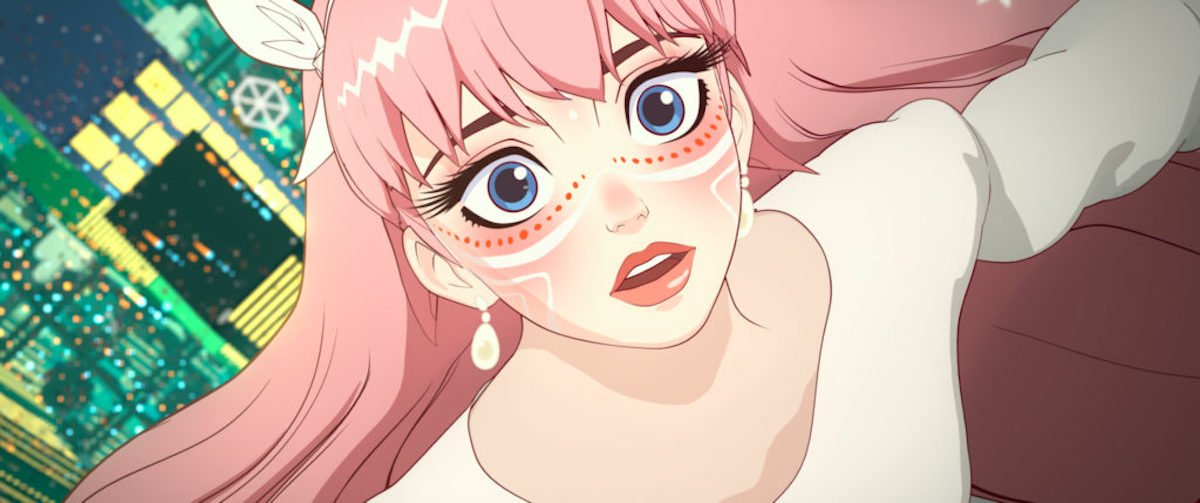
Directed by Mamoru Hosoda, Belle should have been as popular around the world as it was in Japan, where it was the third-highest grossing film of 2021. The title alludes to the stories that inspired it, both the original French fairy tale Beauty and the Beast by Jeanne-Marie Leprince de Beaumont and Disney’s animated adaptation.
A girl named Suzu joins a VR social platform called U where a biometric analysis gives her a stunningly beautiful avatar whom she names Bell, the English translation of her name. In the VR space, she sings so incredibly that millions of users nickname her Belle, the word for “beautiful” in French (and an obvious homage to the source material). Belle soon encounters The Dragon, an infamous member of U who represents the untamed beast archetype. The fairy tale turns brutally realistic when, back in the physical world, Suzu discovers that The Dragon is a boy named Kei who is a victim of child abuse.
Studio Chizu collaborated with former Disney animator Michael Camacho and character designer Jin Kim on the visual design as well as with Cartoon Saloon for the kaleidoscopic environment of U. The end result is a film in which the real world is depicted through hand-drawn animation while the internet scenes are depicted using CG animation. The scale of the VR setting is enormous, brilliant, and intricately detailed. But Hosada knows that the more effective part of his film is the smallness of Kei’s household and the invisibility of Kei’s trauma.
Hosoda de-glamorizes the gorgeous protagonist as lovingly as he humanizes the monstrous antagonist. And although it can be difficult to watch young boys being verbally and physically abused by their father, Hosada also offers us a scene that is not only one of the most awkward meet-cutes ever but also one of the most hilariously timed comedic moments, set inside a nondescript train station. Moments like these are as alluring as the brightly colored science fantasy wonderland of U.
After Yang
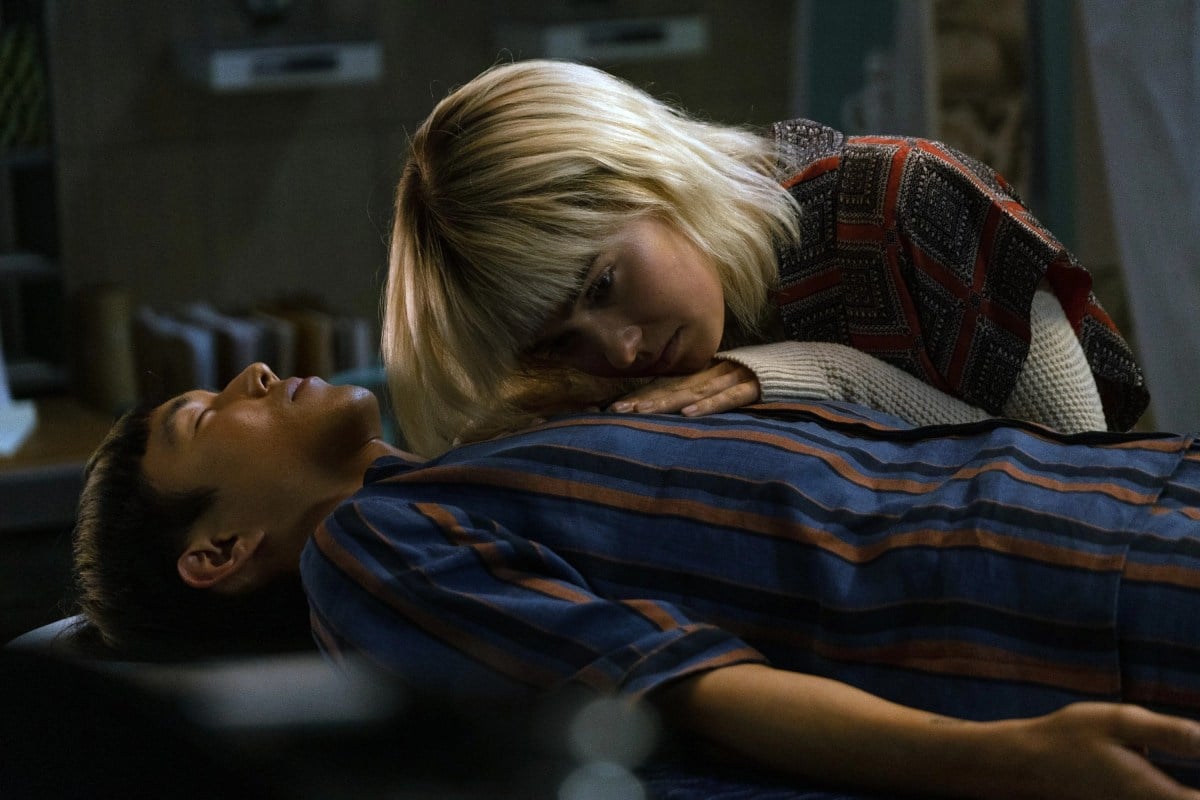
After Yang is the second feature (after Columbus) written, directed, and edited by the South Korean-born American filmmaker Kogonada. Based on the short story “Saying Goodbye to Yang” by Alexander Weinstein, the plot follows a couple named Kyra (Jodie Turner-Smith) and Jake (Colin Farrell) who adopt their daughter Mika (Malea Emma Tjandrawidjaja) from China. To keep Mika company and help her connect with her cultural heritage, Kyra and Jake purchase a technosapien named Yang, who has been programmed with a knowledge of Chinese history. But when Yang experiences a fatal technical failure, Jake begins a desperate journey to repair him. As Jake learns about who Yang was, he realizes that Yang’s inner life mirrors the human experience, especially in his feelings of longing, loss, and grief.
While Kogonada says that After Yang is about the social construct of Asianness, the narrative also examines what it means to be self-aware, as well as what it means to develop intimacy with others. This is an emotionally intelligent story that examines its metaphysical themes through elegantly photographed interiors and understated performances. The science fiction elements are soft and dreamlike, relying more on visual cues than on conspicuous special effects. The meticulously detailed lighting design and subtle camerawork are supported by a graceful soundtrack composed by Aska Matsumiya.
Related: 2022’s Sight & Sound Top 100 Movies Poll Demonstrates Film Culture Is Online Culture on The Escapist
Slash/Back
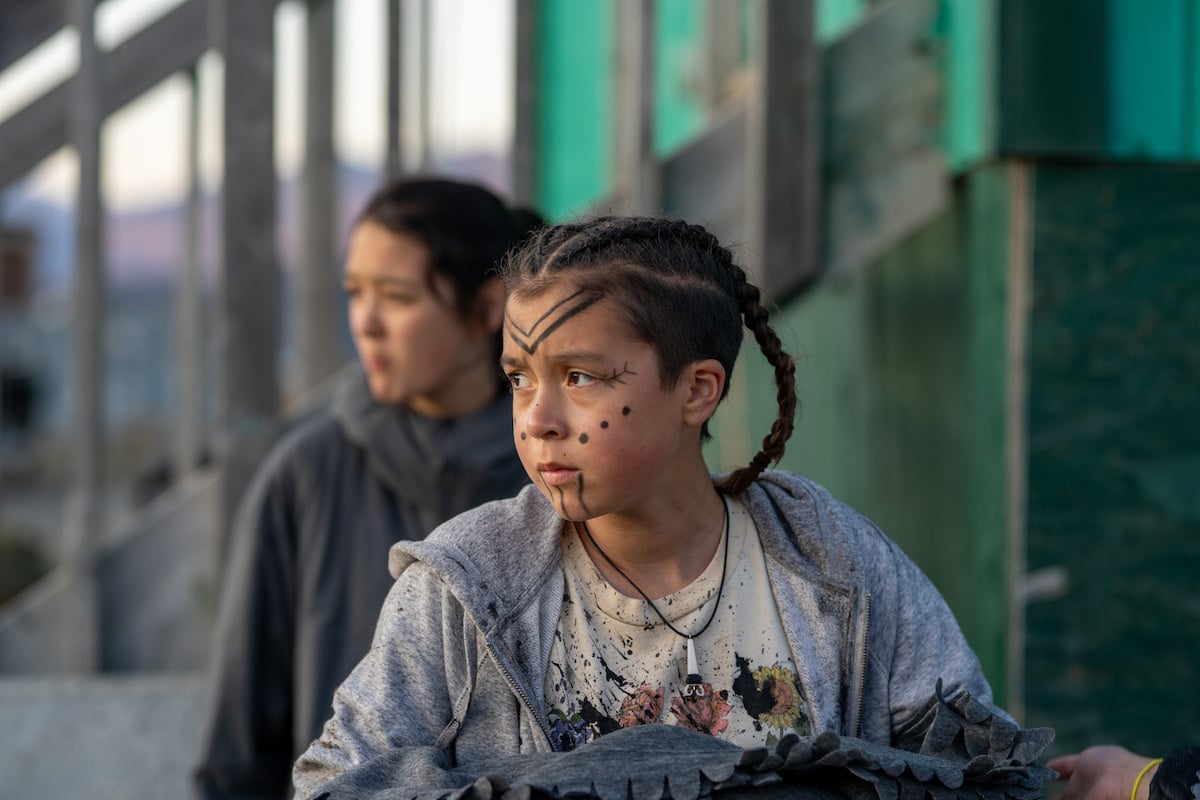
Slash/Back is the debut feature by Canadian writer, director, and producer Nyla Innuksuk. The story takes place entirely within the Inuit village of Pangnirtung (which residents call Pang) in the Qikiqtaaluk Region of Nunavut, at the edge of the Arctic Circle.
From the first frame—a wide shot of the sparse landscape—Innuksuk establishes her visual style: spacious compositions flecked with textural detail, warm lighting design (even in a cold environment), the colors of the Arctic highlighted by the fluorescence of 21st century fashion. The opening credits in Inuktitut that transform into English and an original score by the Halluci Nation (featuring throat singing by Inuit vocalist Tanya Tagaq) cultivate a sense of pride that grounds the audience in the everyday life of this community well before the science fiction horror story gets started.
Slash/Back follows a group of 14-year-old girls who discover an alien invasion on the longest day of the year. Maika (Tasiana Shirley) hates living on the reservation and dreams of moving away to Winnipeg, while Uki (Nalajoss Ellsworth) loves Pang and respects their folklore and ancestral wisdom. Throughout the course of their day, the girls and their friends learn to trust each other and defend their culture. While the adults drink and dance their worries away, the girls come together to literally slash back at the predatory invaders.
What the production lacks in its visual effects budget, Innuksuk and her cast more than make up for with the kind of heart that multimillion dollar mainstream features are often missing. Fans of Attack the Block, Stranger Things, and Paper Girls will be amped when the girls gear up for their fight against the aliens—especially when they draw on their traditional Inuit facial tattoos with eyeliner pencil.
You Won’t Be Alone
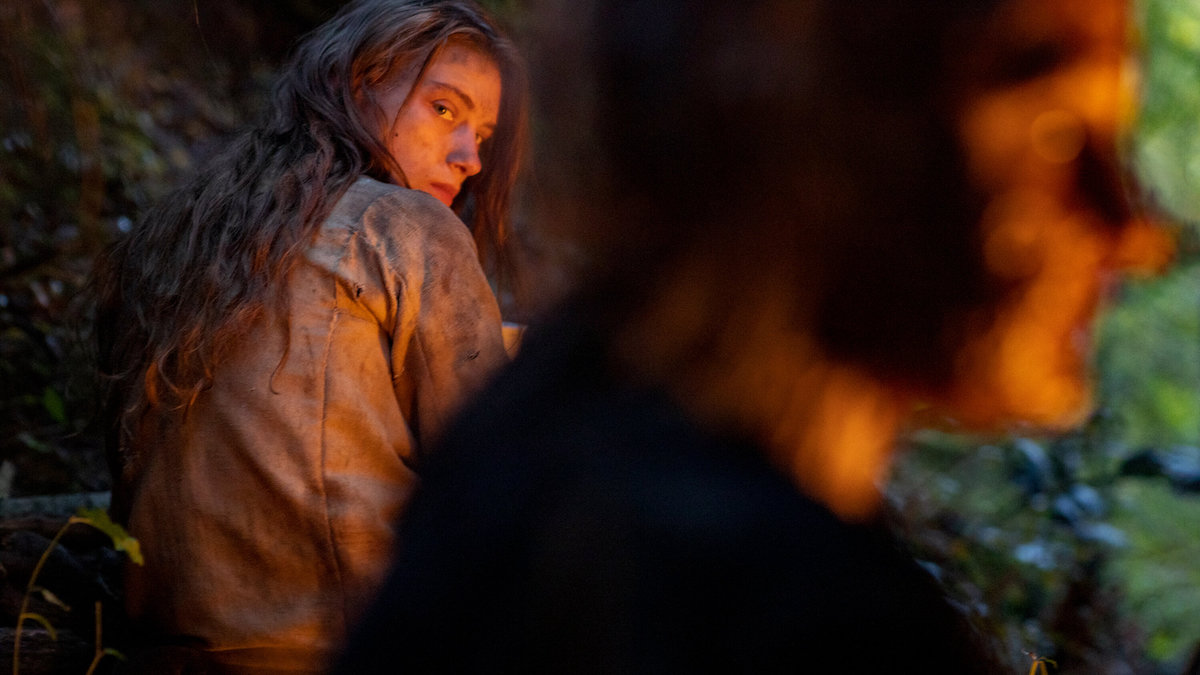
The debut feature written and directed by Macedonian Australian (and out gay) filmmaker Goran Stolevski, You Won’t Be Alone is as entrancing as it is terrifying. Stolevski combines the most unsettling elements of Macedonian folklore with the most menacing realities of life under patriarchy in a story that balances eerie stillness with visceral action.
A girl named Nevena (Sara Klimoska) is kidnapped and transformed into a witch by an ancient spirit called the Wolf-Eateress. Not long after she beings to explore life as a young witch, Nevena accidentally kills a villager, then takes her form and begins living in her skin. By way of blood-soaked magic, the protagonist significantly changes appearance more than once over the course of the film. Embodied by Noomi Rapace, she begins to understand what it means to be a woman, as her pained voiceover admonishes: “When the man is in the room, you are not a woman. You are stew. You are tea. Your place, it is inside his palm.”
Women communing with each other is depicted as vital to their survival, and the film’s title is itself a reference to the ways women suffer collectively under patriarchy. The foundational metaphor relates to how girls so often discover our own girlhood through the varied experiences of being brutalized by a misogynistic social structure.
Cinematographer Matthew Chuang uses a handheld camera that dances alongside the performers. Quavering compositions and subtle shifts in perspective create a dreamlike effect. The hauntingly beautiful score by Mark Bradshaw—in which the main melody is played by a different instrument each time Nevena transitions to a new body—is also among the best of the 2022.
Crimes of the Future
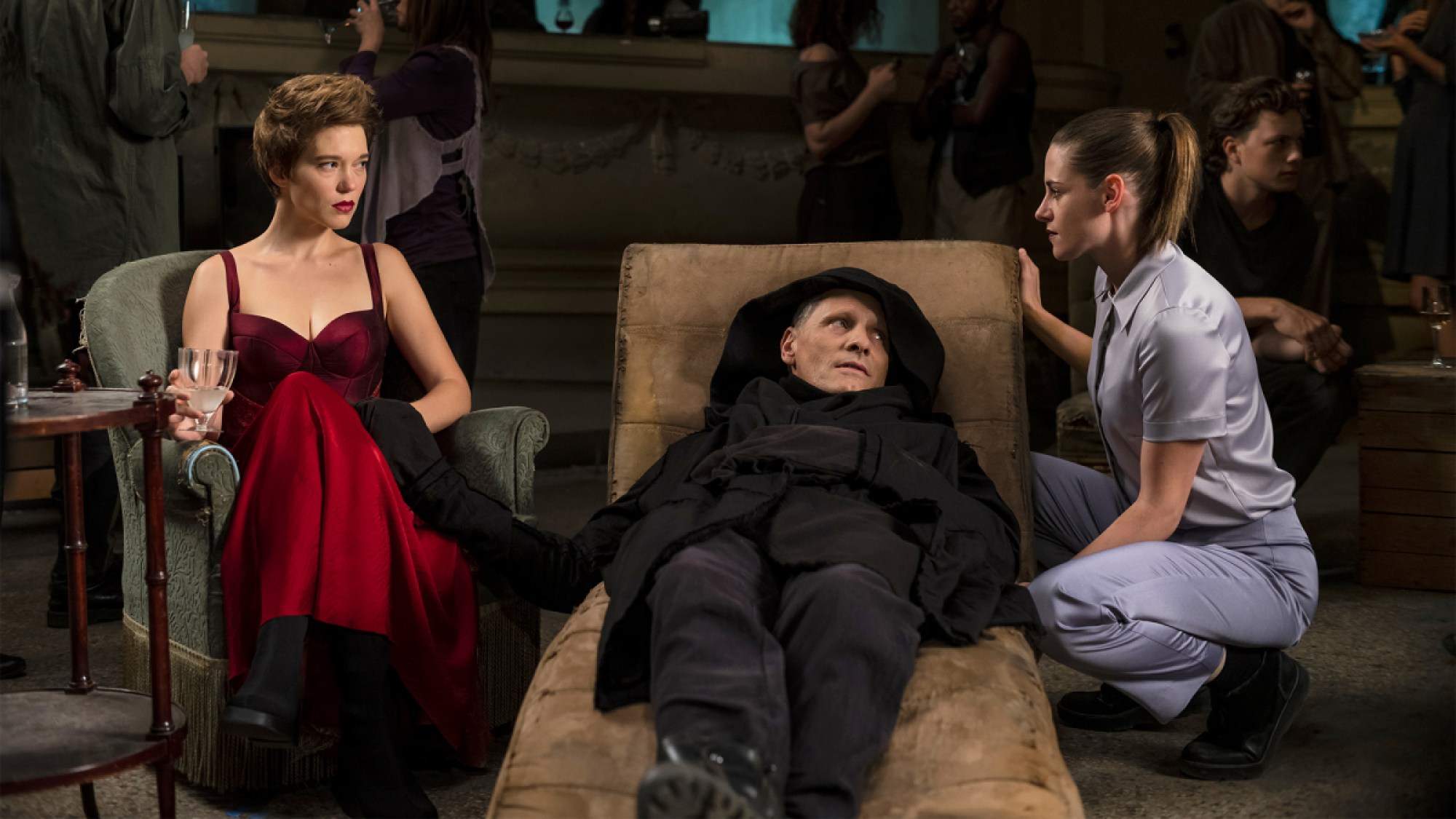
A science fiction horror drama written and directed by David Cronenberg, Crimes of the Future is set in an ornately detailed near-future world populated by grotesque evolution and bizarre eroticism.
The film stars Viggo Mortensen as Saul Tenser, an artist who grows new organs inside of his body, and Léa Seydoux as Caprice, Saul’s partner who also monitors his organ health. Tenser and Caprice perform surgery for live audiences in an erotic display that visualizes the film’s tagline: “Surgery is the new sex.” Kristen Stewart and Don McKellar (The Middle Man) play agents from the National Organ Registry, who want to use Tenser to infiltrate an extremist group whose experimentation is perceived as a threat.
One of the most deeply penetrating—and timely—themes is that of bodily autonomy. In an interview with Vanity Fair, Cronenberg asks: “Who controls women’s bodies, who controls the bodies of transgender people. It’s like, are you allowed to do that? Can the government actually tell you what to do with your body or not, even if it doesn’t affect anyone else?”
The exploration of this theme is as visually inventive and viscerally disturbing as any classic Cronenberg film. Beyond the copious make-up effects, the sarcophagus-style machine that performs the surgeries is a fully puppeteered physical prop that functions almost as a character unto itself. The sound design by Tom Bjelic is also so well-integrated into the narrative that the listener is not always sure of what is ambient sound and what is soundtrack music. Its limited release in June was overshadowed by Jurassic World: Dominion only one week later, but Crimes of the Future is one of the most distinctive films of 2022.
Neptune Frost
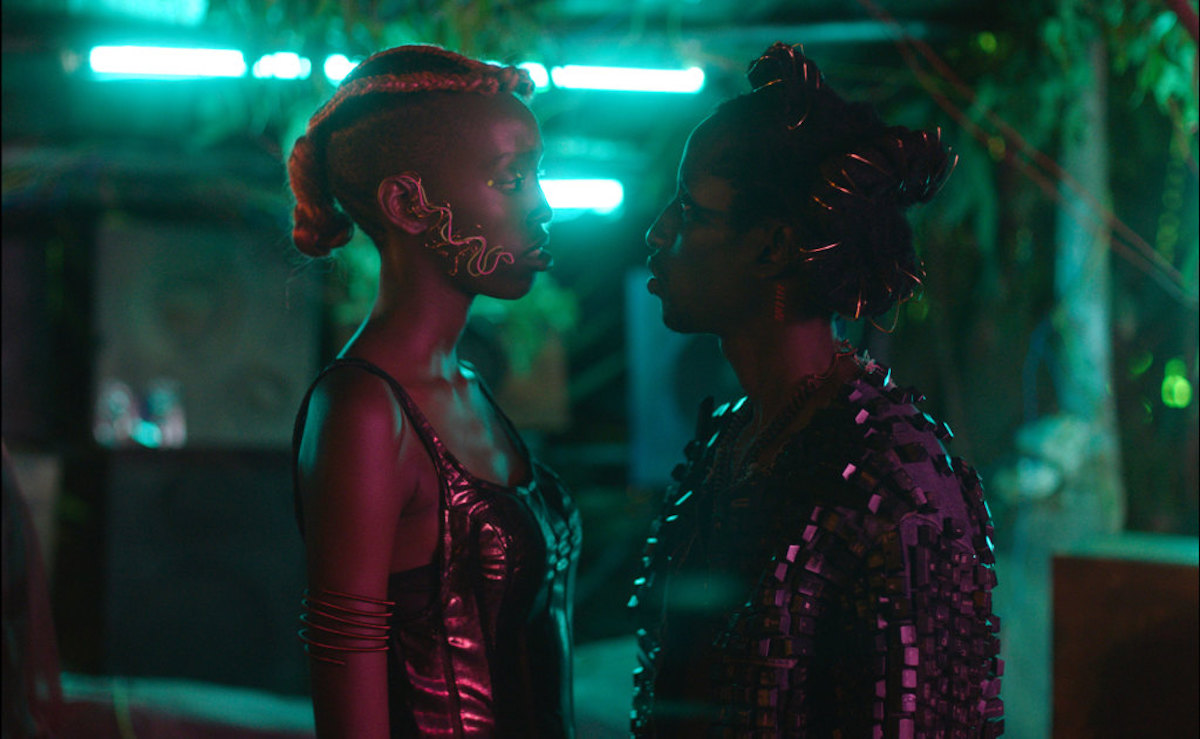
Multidisciplinary artist Saul Williams and his spouse, Rwandan actress and playwright Anisia Uzeyman elevate African Futurism to a new level in their punk musical Neptune Frost. But it’s more than a musical. It’s anticapitalist dystopian science fiction. It’s an anti-colonialist allegory. It’s a queer narrative. It’s an intersex fable. It’s an inventive and resourceful film that challenges Western notions of sex and gender and the ways technology permeates our lives.
A group of coltan miners working under what appears to be indentured servitude escape their workplace and form a computer hacker collective in the forested hills of Burundi. Coltan is short for columbite-tantalite, a mineral that makes almost all modern technological devices possible. The characters, who change their gender expressions so fluidly, verge on Lynchian doppelgängers. But their move to take over the authoritarian regime that exploits them and their environment remains steady throughout the narrative.
This revolutionary queerness is fortified with futuristic costume design by Cedric Mizero (that includes a jacket covered in a pattern of computer keyboard keys) and an original Saul Williams soundtrack titled Unanimous Goldmine. It’s a must-see film.
Inu-Oh
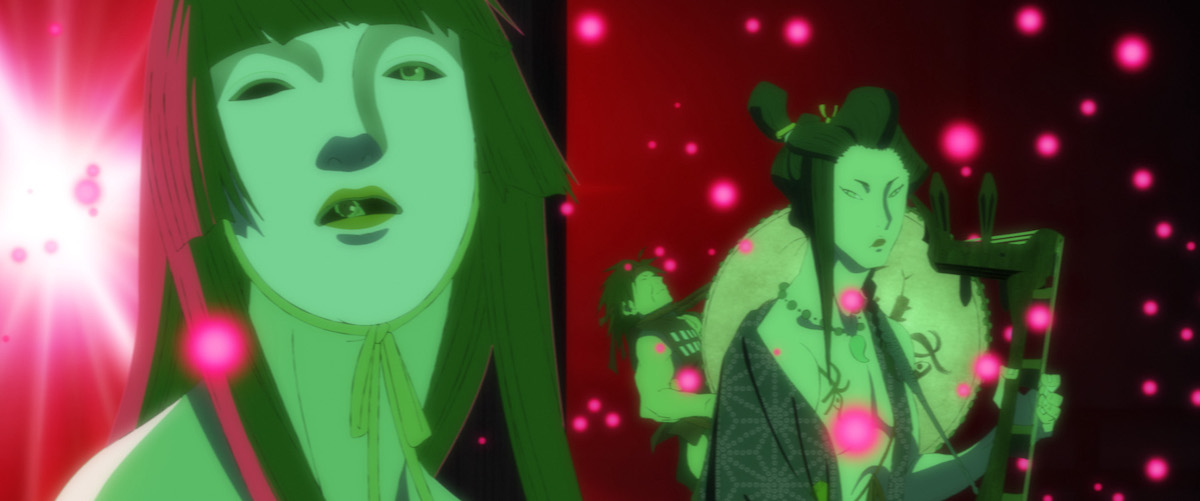
Masaaki Yuasa, director of the anime series Devilman Crybaby and Keep Your Hands Off Eizouken! adapts the 14th century epic The Tale of the Heike (平家物語) into a glam rock musical that modernizes the Noh style of Japanese dance-drama. A dancer born with a bizarre physique, the masked performer Inu-Oh (voice of Avu-chan, the trans singer of the fashion punk band Queen Bee) meets a blind biwa player named Tomona (voice of dancer Mirai Moriyama), and the pair collaborate their way to superstar status.
The line work is cleaner and the movement is more fluid than Yuasa’s earlier works, like Lu Over the Wall or Ride Your Wave (which are each very creative and impressive in their own right). The musical performances were choreographed by Yuasa and scored by composer Otomo Yoshihide under the supervision of a real-life Noh performer, a biwa composer, and a Japanese scholar. All of this collaboration was brought to life through the animation direction of Toshihiko Masuda (key animator for Akira) and character designs by Taiyō Matsumoto (mangaka of Tekkonkinkreet).
Even in sequences when the narrative is less engaging than the visual design or the soundtrack, Inu-Oh is playful and inventive. This is more than an adaptation of classical literature or an homage to traditional theater—every minute of the runtime feels like a romp through a pop art gallery with surround sound.
Three Thousand Years of Longing
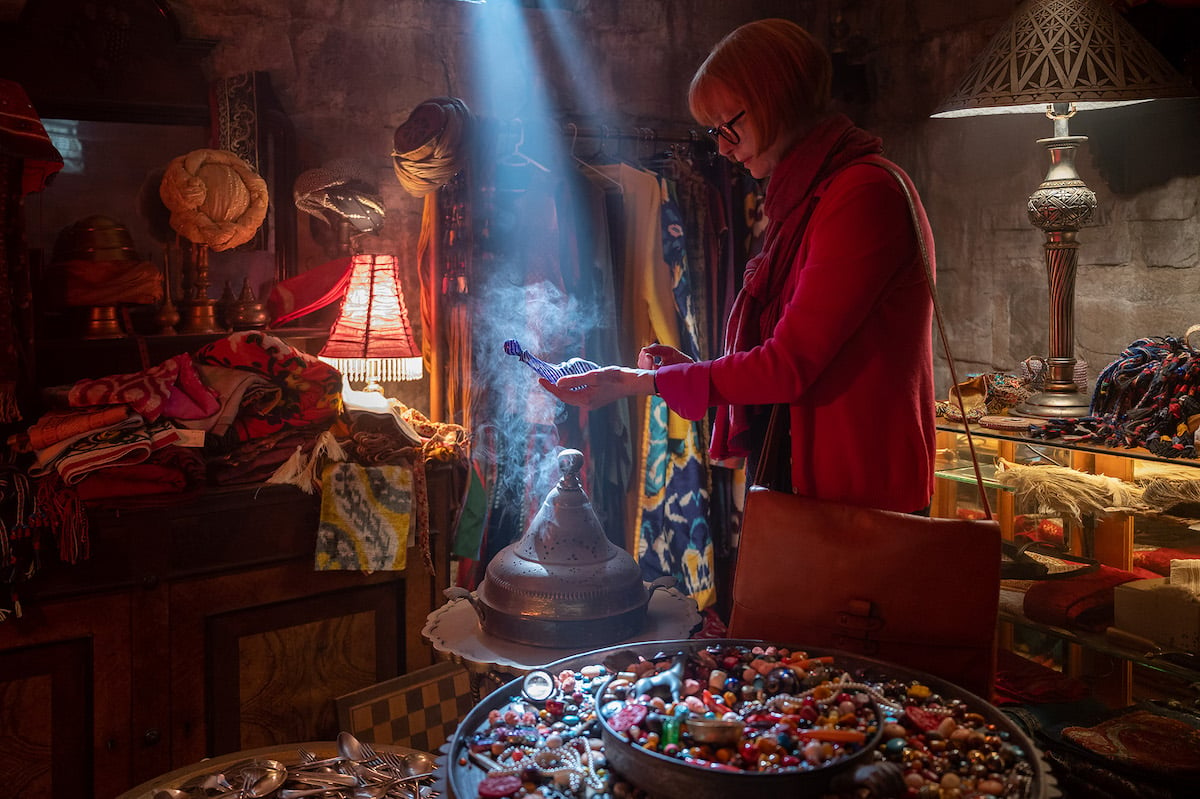
George Miller, whom most audiences know as the creator of the Mad Max series (although he also directed Babe: Pig in the City, as well as Happy Feet and its sequel), crafted one of the most mesmerizing films of the year. But its release in late August (U.S.) and early September (Australia), when a lot of potential viewers were probably indoors streaming one of many enchanting fantasies released this summer, meant it got a little lost among them.
Adapted by Miller and Augusta Gore from the A. S. Byatt novel The Djinn in the Nightingale’s Eye, the story begins when an academic narratologist named Alithea (the always transformative Tilda Swinton) travels from her home in London to a conference in Istanbul. While trying to clean an ornamental glass bottle she bought at an antique shop, she frees a djinn (the always captivating Idris Elba), who offers Alithea three wishes. But as a scholar of global narratives, Alithea is wary of accepting offers from a djinn. A nested narrative about the djinn’s life until this point begins a tapestry of sequences set over many centuries in Asia Minor.
For most of the story, Alithea is convinced that djinn are trickster figures, and—content with her life of studious solitude—she is hesitant to trust this one. When she does finally give in to her own need to connect, this fantasy story is revealed to be a romance.
Three Thousand Years of Longing is a film full of mature emotion, and is, at its heart, a story about stories and storytelling. This is a fantastical time-spanning piece that soars through its periods with lush costume design and set decoration. Its pace is rhythmic, its dialogue is lyrical, and Miller and Gore manage to balance a sense of childlike wonder with more complex adult sentiment.
Wendell & Wild

Wait. You haven’t seen Wendell & Wild yet? Stop reading this article and log into Netflix right now!
(featured image: Mongrel Media)



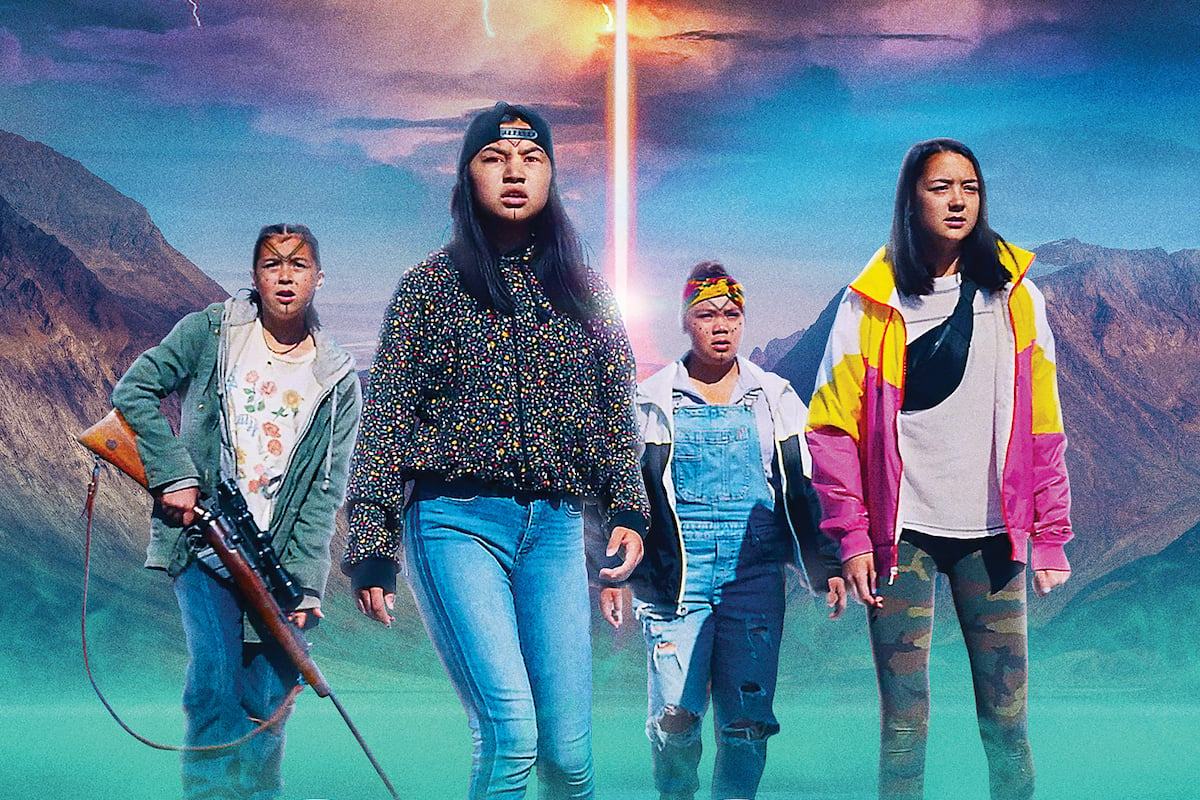






Published: Dec 30, 2022 07:02 pm